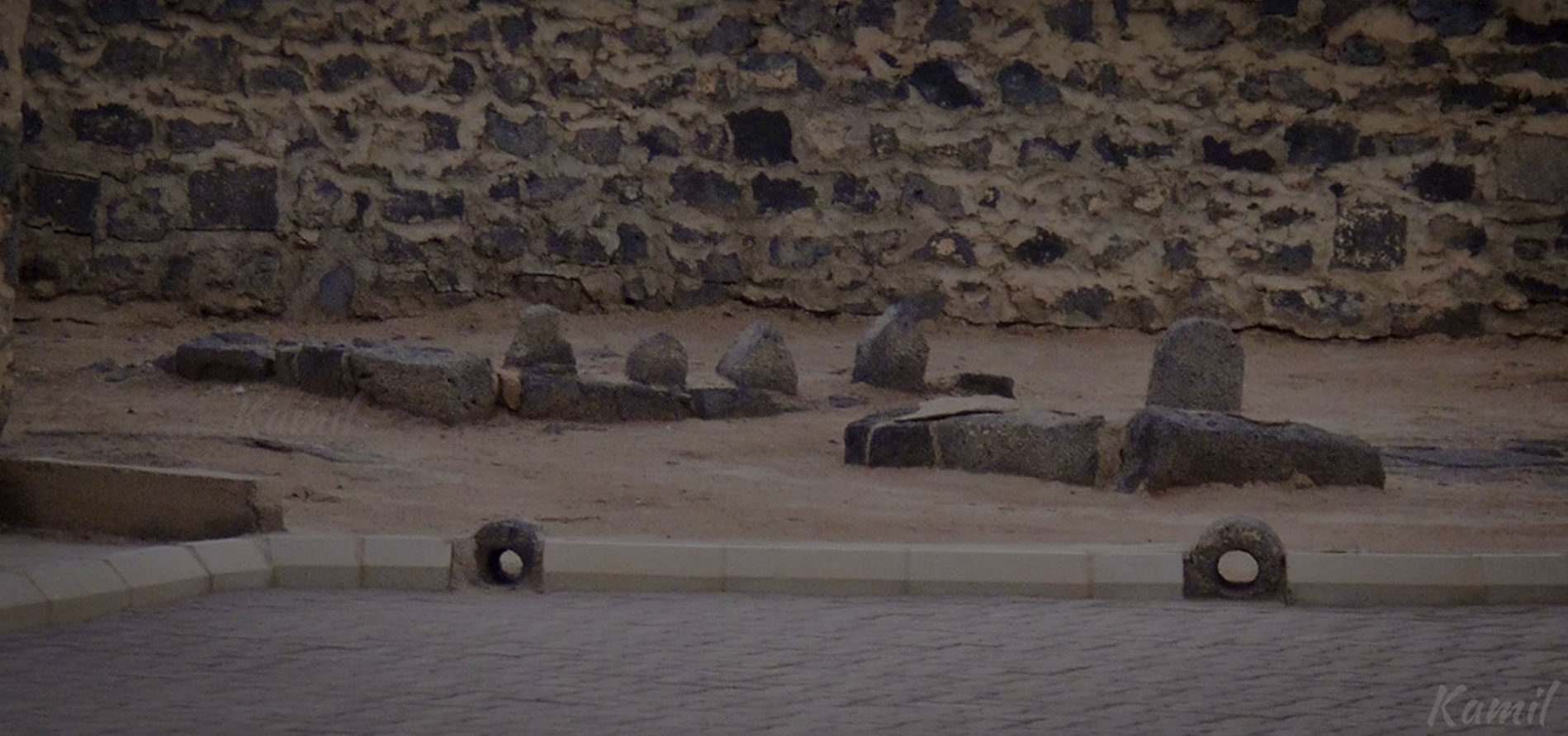According to both Shia and Sunni sources, there are instances where Prophet Muhammad (P.B.U.H) is reported to have said, “Fatima is part of me. Whoever makes her angry, makes me angry.” These statements can be found in Sahih Bukhari (Arabic-English, Volume 5, Traditions 61 and 111) and Sahih Muslim (in the section on the virtues of Hazrat Fatima, Volume 4, pages 1904-1905), which are significant Hadith books for Sunnis.
Fadak:
Fadak is a piece of land located in the desert near Madina, approximately two to three days’ journey on foot. It is situated close to Khaybar and is known for its fertile palm-grove, habitable environment, and abundant water supply. Originally owned by the Banu Nadir clan, who were engaged in Jewish agriculture, the land came under the possession of Prophet Mohammad through a peaceful resolution following the conclusion of the Khaybar war.
According to historians, there is an account of Hazrat Fatima walking calmly and composedly on her way to the mosque, despite her inner anger. In a time when women were not typically involved in public affairs, Hazrat Fatima (sa) exhibited remarkable self-assurance and serenity as she sought to reclaim her rightful inheritance. Adorned in her veil and gown, she walked with the same dignified stride as her father. Accompanied by her maids and some of her female acquaintances, she approached Abu Bakr, who was present in the mosque amidst a gathering of the Muhajerin, the Ansar, and others. A curtain was placed between the women and men to maintain separation. She delivered a compelling speech, eloquently expressing her grievances and accusing the caliph of depriving her of her rights. Tears streamed down her face, evoking a similar emotional response from the audience. She patiently waited until the weeping subsided and the crowd grew silent before continuing with her address.
Burial place of Hazrat Fatima (sa)
The burial site of Hazrat Fatima (sa), the daughter of Prophet Muhammad (P.B.U.H) and Hazrat Khadijah, wife of Hazrat ‘Ali ibn Abi Taleb, and mother of Hazrat Hasan (A.S) and Hazrat Husain (A.S), remains a subject of dispute among different sects of Muslims. Following Hazrat Fatima’s decision and in accordance with her anger towards the ruling caliph at the time, Hazrat Ali buried her in an undisclosed location. Various possible locations have been mentioned as her burial place, with some considered more plausible than others, including Al-Baqi’, her house, and the area between Prophet Muhammad’s (P.B.U.H) tomb and his minbar.
According to tradition, after the demise of Prophet Muhammad and the Saqifah incident, the house of the Prophet’s household was filled with material intended for setting it on fire to forcefully extract allegiance from Hazrat Ali (A.S). Hazrat Fatima, while defending Hazrat Ali’s divinely appointed successorship, sustained serious injuries and expressed her desire for no one to attend her burial. As a result, the location of Hazrat Fatima’s burial was kept secret. Some references also suggest that Hazrat Fatima specifically asked Hazrat Ali ibn Abi Talib to ensure that only a select few individuals, including Umm Salimah, Umm Ayman, Fidha, Hazrat Hassan, Hazrat Hussain, Salman, Ammar, Miqdad, Abu Dhar, and Hudhayfah, would attend her funeral. The secrecy surrounding her burial was intended to prevent some people.
On the following day, amidst blame and confusion, a gathering took place where it was suggested to bring a group of women to locate Hazrat Zahra’s grave and exhume her remains. The exact whereabouts of her tomb remain unknown, as Hazrat Fatima had requested Hazrat Ali (A.S) to conceal it as a testament to her displeasure with those who had caused her distress. Additionally, other Imams and participants in her funeral have chosen not to disclose the location of her grave. Three locations have been specifically identified as potential burial sites: Al-Baqi’, her house, and the area between Prophet Muhammad’s tomb and his minbar.
According to Shia perspectives, Shaykh Tusi asserts that Hazrat Fatima’s burial place can be visited in the shrine of Prophet Muhammad, indicating that she was buried there. However, there are differing opinions on this matter. Some suggest that she was buried in Al-Baqi’, while others believe her burial place to be within Muhammad’s tomb. Another viewpoint suggests that her house served as her final resting place, with her grave falling within the mosque when the Umayyads expanded it.
Scholars who support the idea of Hazrat Fatima being buried in Prophet Muhammad’s shrine reference a prophetic narration stating, “What is between my house and my minbar is a meadow of the meadows of Jannah.”
According to Allamah Askari, the last possibility regarding Hazrat Fatima’s burial place is her own house. This view is supported by various authentic documents, particularly those received from the Ahl al-Bayt (A.S), the main members of the prophetic household who possess better knowledge about the incident. An authentic tradition narrated by Ali ibn Mousa Al-Ridha (A.S) found in Kitab al-Kafi, Tahdhib al-Ahkam, Man la yahduruhu al-Faqih, Oyoun Akhbar Al-Ridha, and Al-Ma’ani al-Akhbar states that she was buried in her house, and when the Umayyads expanded the mosque, her burial place became part of the mosque.
From the Sunni perspective, it is narrated in Sahih al-Bukhari, Muwatta of Malik, Hilyat al-Awliya of Abu Nu`aym, Sunan of Tirmidhi, and Musnad of Ahmad ibn Hanbal that Hazrat Fatima is buried between Prophet Muhammad’s house and his minbar, based on a prophetic narration that describes the area between the two as a meadow from the gardens of Paradise.
Hazrat Fatima was martyred on the 3rd of Jumada al-Sani in the 11th year after Hijra (A.H), at the young age of 18.
